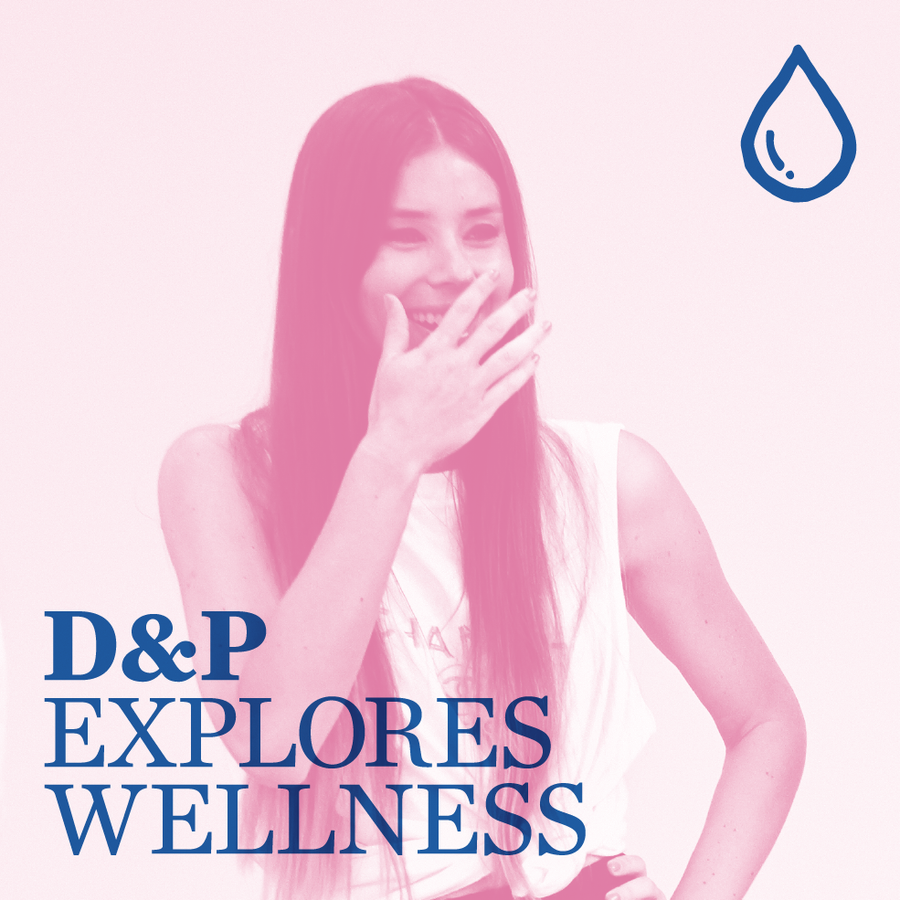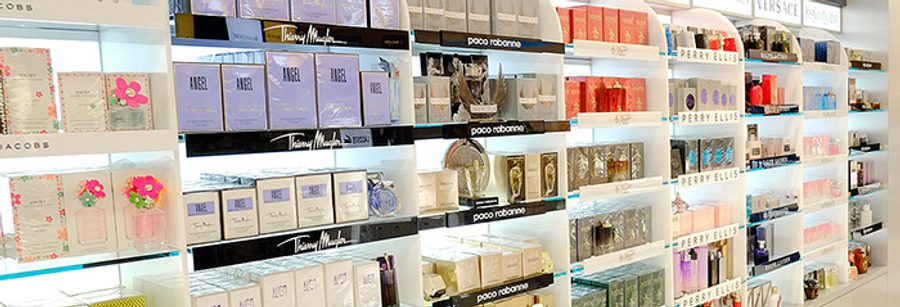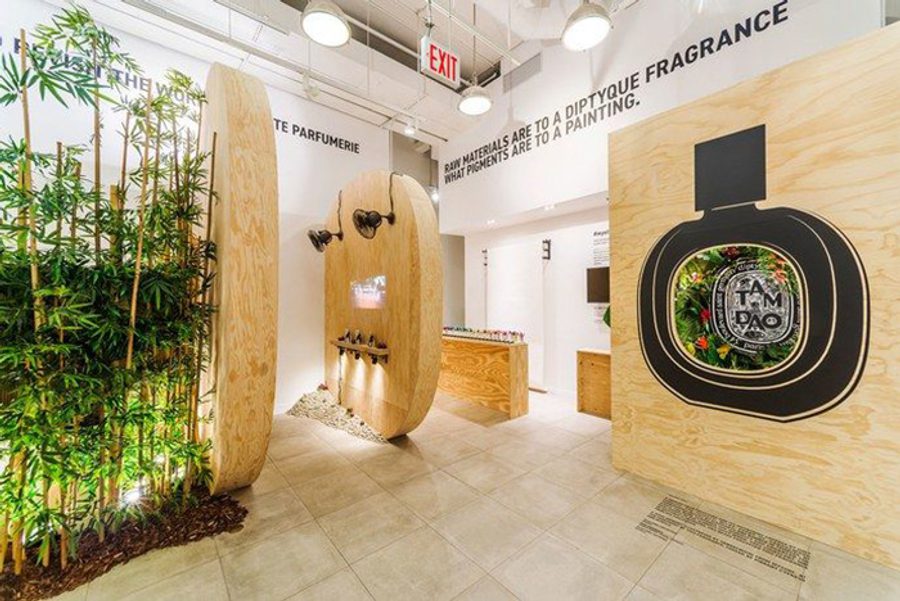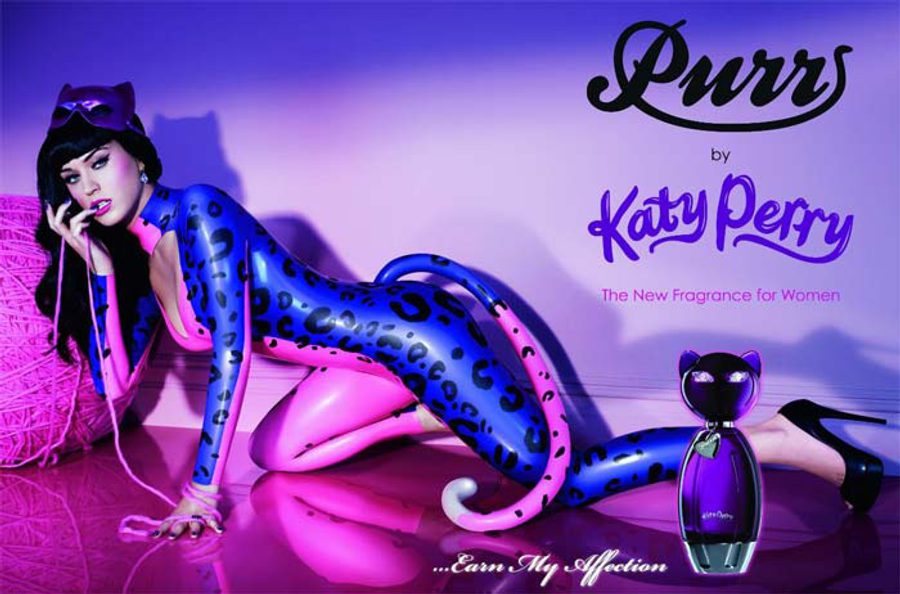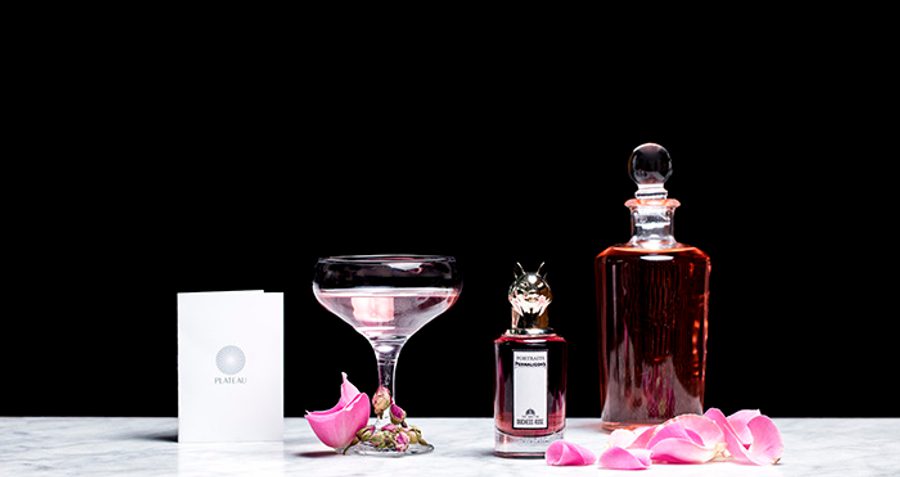5. Advertising aesthetics and formats are outdated
No matter how beautiful and sexy the model is, or how pretty those flowers are she’s prancing around with, when you see too much of this sort of imagery, it loses its appeal and glamour. That ship sailed long ago. Is there an opportunity to dig a bit deeper? Scratch the surface, to tell your product story and give the consumer a story to buy into. If someone understands the provenance, it gives the product so much more value and depth.
6. There’s too much relying on heavily discounted products to shift stock
There’s a fine line between discounting a fragrance so much that it loses all worth, and pricing it way out of your target customer’s reach. “Does discounting work? Value sales growth for the total fragrance market has averaged just +1.5% annually over the past three years. Discounting is not the answer.” ImogenMatthews.com, Source.
Know your customer, and think twice about devaluing what is a luxurious treat to a cheap smell. Especially at Christmas – yes, discounts are expected, but if there are too many, perfume becomes a seemingly worthless commodity. This leads me perfectly to the next point…
7. Fragrance is no longer an impressive gift
What was previously considered a great product for gifting, is now considered by consumers to be a risky, or even sometimes a lazy gift idea. How can you guarantee it will be the right scent for them? How do they know it was a considered/personal purchase? Fragrance is such a personal preference; it can easily go horribly wrong.
There are some brands shaking this up, with unique and inspiring ways to make scents a special and moving gift. ScentBird and Commodity Goods are two that come to mind, making samples and testers fun, and personalisation possible with basic, bespoke scent mixing.

